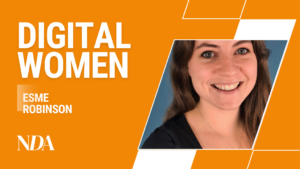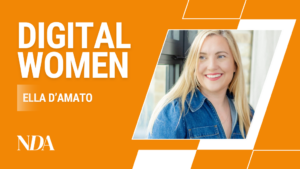By Hannah Fraser-Marks, Senior Partnerships Manager at Cheddar
The growth of celebrity beauty brands shows no signs of slowing. February 2024 brought both a surprise teaser for Bella Hadid’s new beauty line, Orebella, and the much-awaited launch of Beyoncé’s hair care line, Cécred. There are further big-name releases on the horizon too, with Adele reportedly filing a trademark for products including eyeliner, lipstick, eyeshadow and perfume back in November.
There’s a good reason celebrities are setting their sights on beauty. In 2023, celebrity beauty brands exceeded $1 billion in US sales according to NIQ – a 57.8% increase on comparable sales the previous year. Yet, this is just a fraction of the numbers attainable. In 2022, the beauty market generated approximately $430 billion in revenue.
Resilience and challenges
There’s another advantage to entering the beauty market, specifically. The sector has an in-built resilience that allows it to weather economic storms where other industries flounder. It benefits from the ‘Lipstick Effect’, which theorises that consumers seek small indulgences as a form of escapism in uncertain economic times.
The current cost of living crisis appears to bear the ‘Lipstick Effect’ out. Recent research from Barclays found that while British consumers spent 6.7% less on eating out in restaurants in 2023, compared to 2022, and clothing stores saw a 0.5% spending fall, spending at pharmacies and health and beauty retailers rose by 5.6%. In fact, research from Mintel found that 32% of UK makeup shoppers claim to have purchased a product to treat themselves in the last year and market spend on both lipsticks and colour cosmetics is projected to have grown last year, by 12.3% and almost 8% respectively.
However, opportunity comes with its own obstacles. The beauty market has become highly saturated and the old ways of working no longer cut it. The rise of celeb-owned lines, along with new independent e-commerce brands and high-profile collaborations, that go viral on social media means consumers can be influenced instantly – both in your favour and against it. Consumers are looking to make new discoveries: McKinsey’s 2023 global consumer survey found that 45% of Gen Z respondents say they try new beauty brands every two to three months. Customer loyalty must be earned and not expected.
The opportunity in open banking
The war for wallets means beauty brands must get creative to engage and retain customers. Embracing new technology has been a core part of this, from the latest social media trends and AI-assisted try-ons to personalised beauty recommendations. But there’s a new tech avenue the sector has yet to explore.
Open banking – the secure sharing of financial data with service providers – has been transforming industries from property to payments over recent years, since UK legislation mandating bank data sharing came into force in January 2018. This ability to instantly read bank data allows for uses such as accelerated mortgage applications, smooth tenant financial checks and even instant tax payments to HMRC. And it has a role to play in the beauty industry too.
How brands can stand out
In today’s economic climate, despite the escapism of the Lipstick Effect, cost is still a huge motivator for consumers with 94% worried about the rise of living costs and over half of Millennials (53%) and Gen Z (54%) saying they shop around for beauty products offering the best value. If beauty brands can help consumers reduce costs, then, they’ll stand to win big in a crowded market.
Rewards cards are a tried and tested formula, but Open Banking presents beauty brands with a new way to find engaged shoppers actively spending in their vertical. Using Open Banking, these brands can offer cashback incentives, recommend smart ways to shop, and even help shoppers split the costs between friends and family.
It’s not only consumers that benefit from this new approach. Open banking data gives beauty brands a unique, 360-degree view of consumer spending that is vital to growth in tailoring marketing, setting business strategy and even shaping product development. Partnering with rewards apps is also a way to attract new shoppers, increase consumer engagement and keep shoppers coming back, despite the myriad brand options at their disposal.
An unexplored strategy
With new lines continually launching, beauty brands need to constantly reassess their business strategies and find new ways to stand out. Open banking is an unexplored avenue that helps them meet shoppers’ greatest needs whilst gaining in-depth insights to better serve them.
Open banking is a mutually beneficial opportunity that supports both consumers and brands. There’s a beauty in that.












